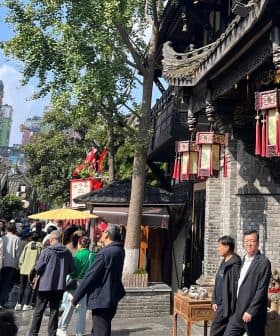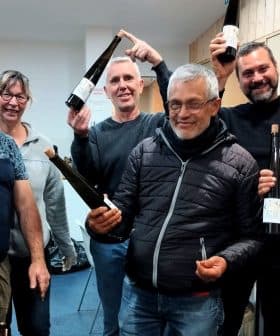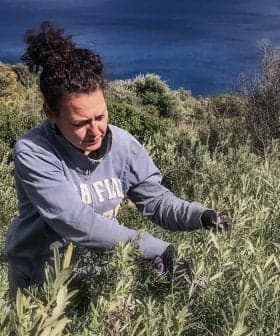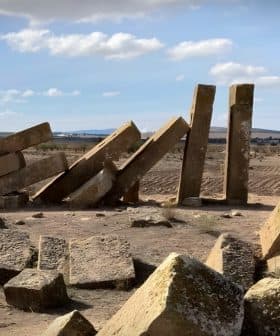After Initial Optimism, Mixed Results for Australian Producers
Torrential rain resulted in no harvests for some regions of Australia, while others enjoyed similar yields to last year’s record-highs.
 (Photo: Cobram Estate)
(Photo: Cobram Estate) Australian olive farmers experienced a significant decrease in production compared to last year, with the 2022 crop estimated to be around 70% of the previous year’s crop. Despite challenges such as labor shortages and rising costs, some groves in different parts of Australia, like Cockatoo Grove in Victoria and Boundary Bend, had a better-than-expected harvest this year.
When Australian olive farmers started harvesting, they expected an excellent yield due to the expansion of the country’s groves and good weather. However, production was significantly down from last year.
“The 2022 crop looks to be around 70 percent of last year’s crop,” Michael Southan, the chief executive of the Australian Olive Association (AOA), told Olive Oil Times. “The harvest this year was an ‘off year,’ and results were mixed.”
Although 2022 was going to be an ‘off year,’ it was a very good down season with 53 percent more oil produced than in the previous comparable year in 2020.
He said the AOA found some groves had their best yields while others had very little or no olives to harvest.
“The groves that performed well are showing the benefits of tree regeneration and pruning,” he said, “while the groves that did not perform well generally suffered from insect damage or were just too wet to harvest with machines.”
See Also:2022 Harvest Updates“Therefore, they had to handpick, resulting in much lower yields as not all trees were picked,” Southan added. “Overall, the year has been better than we anticipated, as the drop from last year’s record crop was not as great as we have experienced in past ‘off’ years.’ ”
According to the Australian Olive Oil Association (AOOA), there is no official tracking of local olive oil production volumes and farmgate sales. Still, the organization estimates the 2022 harvest will yield between 14 and 15 million liters of olive oil, compared to last year’s bumper crop of 20 to 22 million liters. This year’s yield is around 50 percent higher than in 2020.
The AOOA attributed the lower yield to the biennial cycle of olive bearing. David Valmorbida, the president of the AOOA, said producers had mixed results across the country, depending on weather conditions.
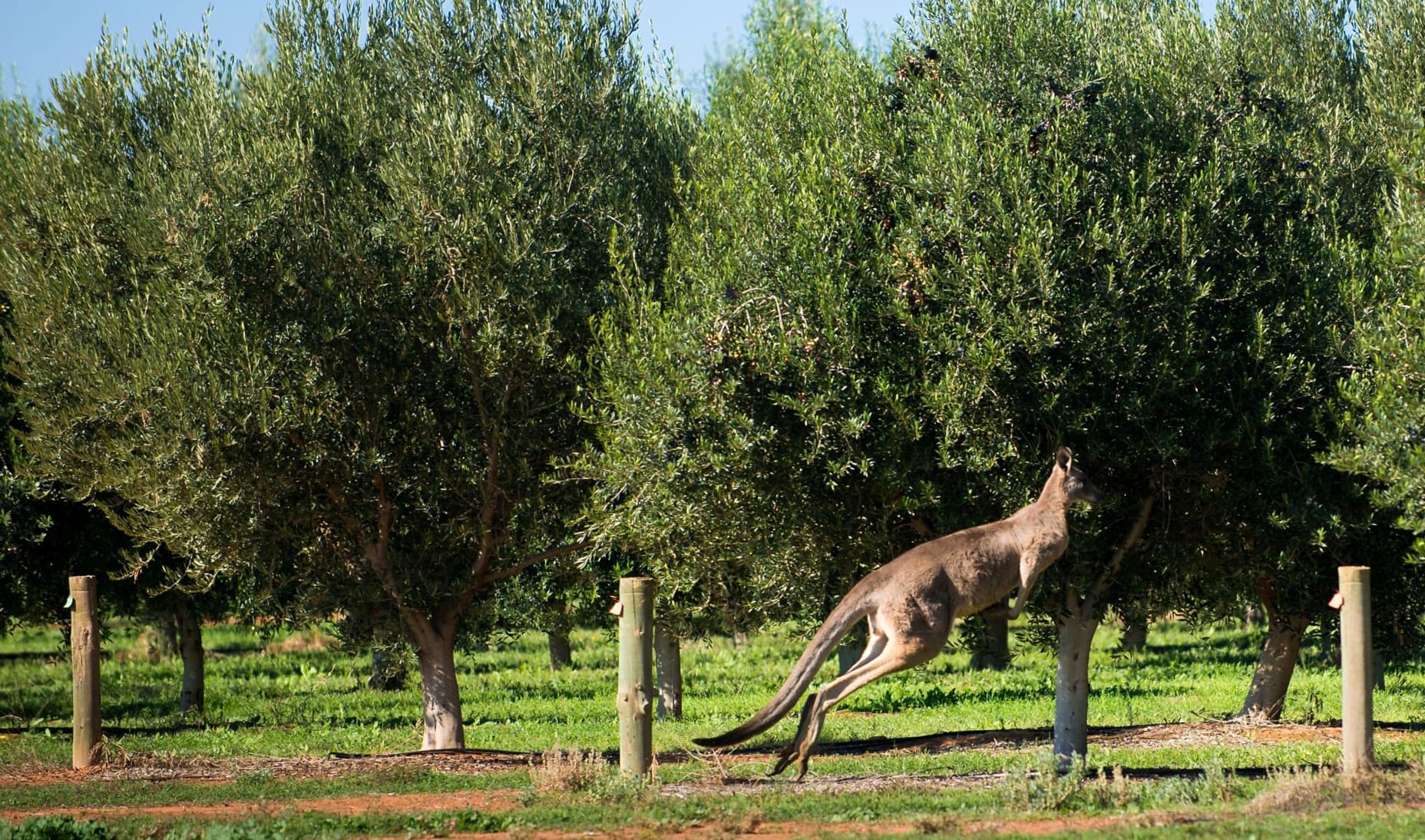
(Photo: Cobram Estate)
“The Hunter Valley was massively impacted by floods, which came one after the other, creating unfavorable conditions at the time of flowering, and the trees didn’t get fruit,” Amanda Bailey, an AOOA committee member, told Olive Oil Times.
She said other parts of New South Wales had better results, and parts of Western Australia and Tasmania had outstanding yields.
“Labor shortages were definitely an issue which impacted the harvest,” she said. “Many producers could not get the staff needed, and contractor services were also stretched. The shortage of labor was not isolated to the olive harvest. It continues to be an enormous concern across the entire agricultural sector in Australia.”
The AOOA said a shortage of bottles and tin cans, together with rising costs of fuel, electricity, fertilizer and packaging, were other issues that affected olive oil producers.
Despite these challenges, Cockatoo Grove in Victoria had a good harvest this year.
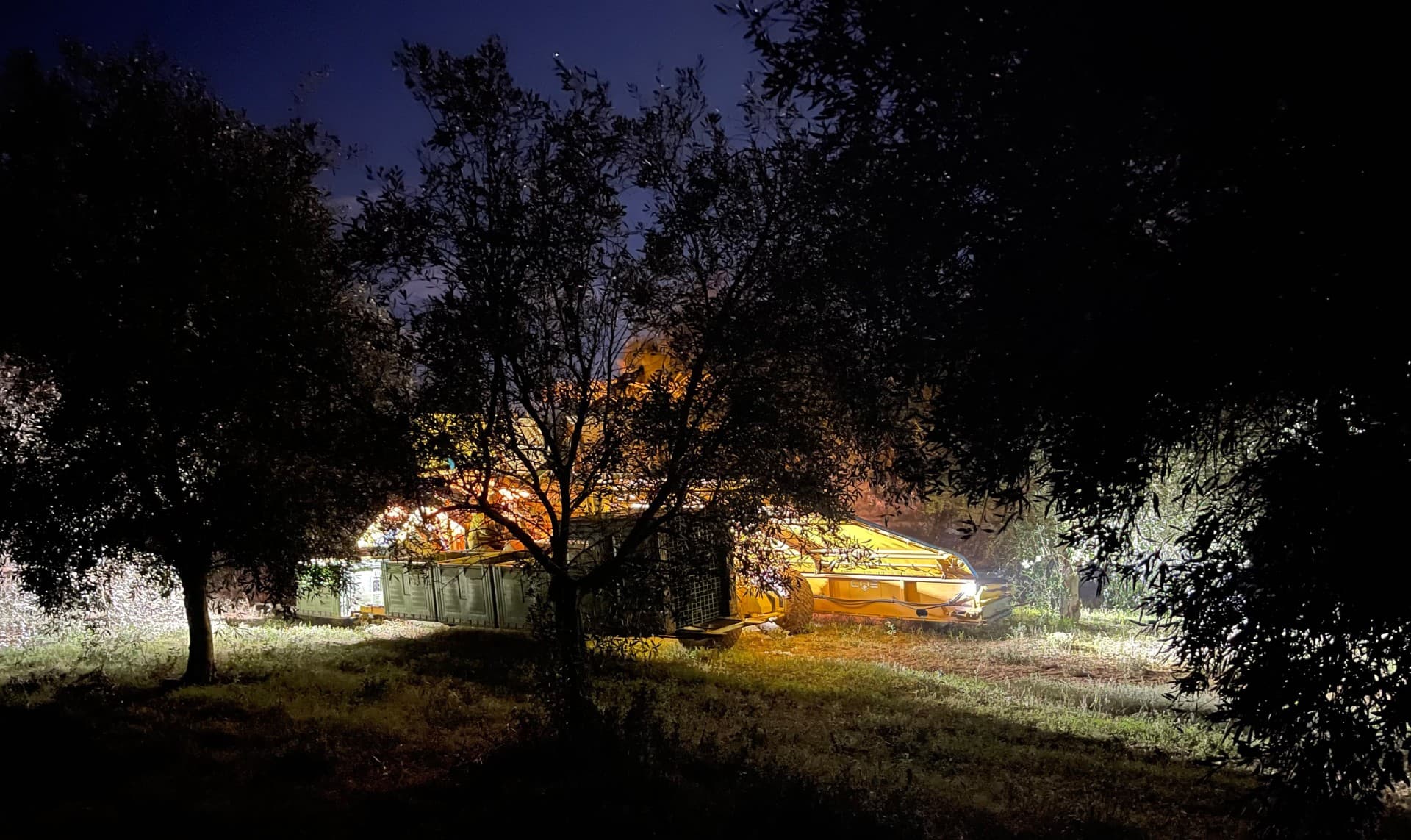
Midnight harvesting at Cockatoo Grove
“Coming off last season’s record high, we were pleasantly surprised with this year’s harvest volumes, achieving an above average yield,” co-owner Andrea Cook told Olive Oil Times. “Our 2021 harvest was by far our highest yield, and with the biennial nature of olive cropping, we were expecting our volumes this year to be lower than we produced.”
“We were luckier than other groves close to us and managed to harvest in good time,” she added. “Thankfully, we were spared from damaged fruit, and our grove remained accessible, even after the rain.”
“However, we have been challenged this year with the rising cost of freight plus staff shortages, both in our own company and with our suppliers,” Cook continued. “We have seen delays in production, supply of raw materials and freight efficiencies. Overall, we are fortunate to have been spared from major impacts of supply shortages.”
Boundary Bend, Australia’s largest olive oil producer which is rebranding to Cobram Estate, also yielded a positive result this year.
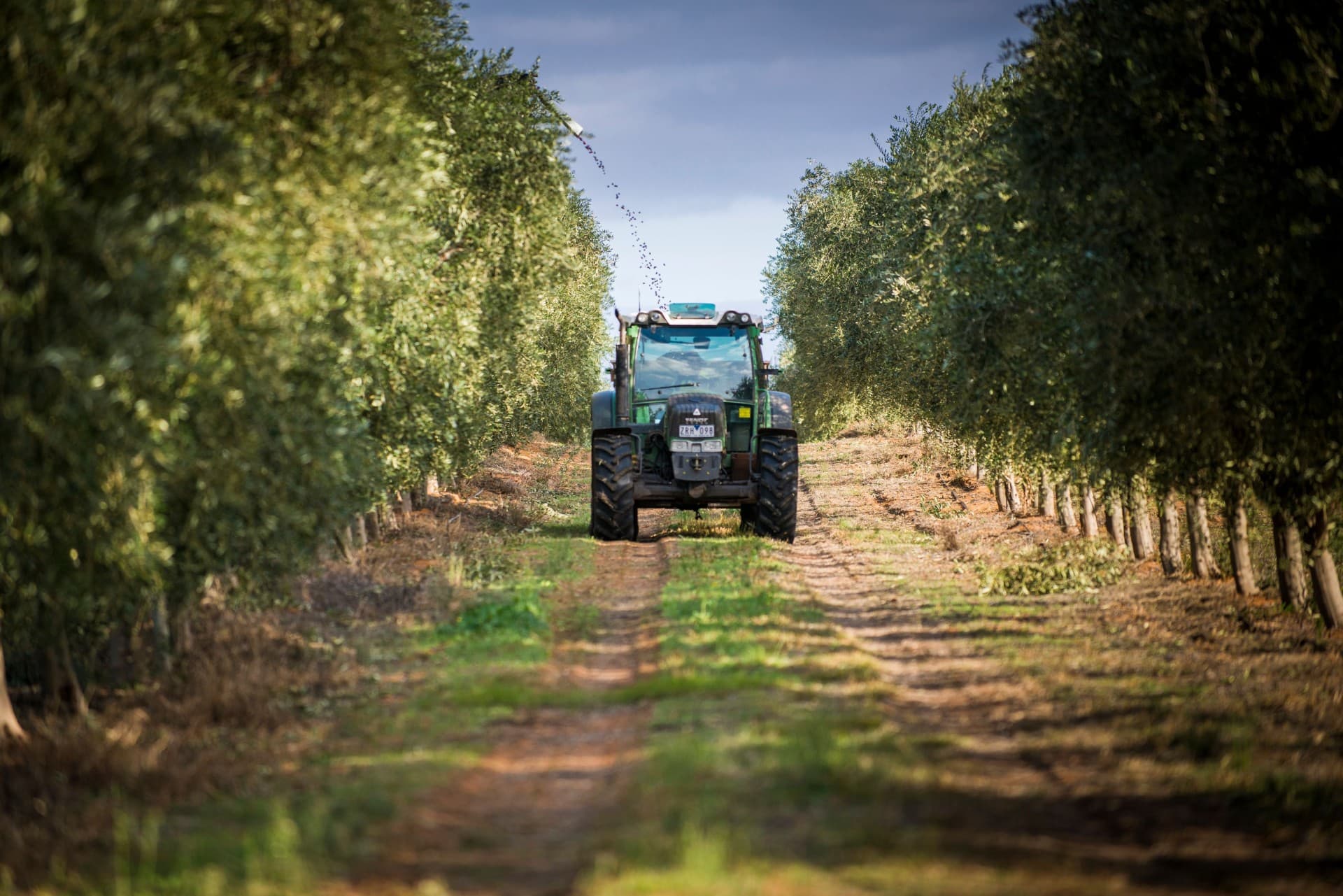
(Photo: Cobram Estate)
“We are very happy with the season we had and the results we obtained; particularly when considering the challenges of a tight labor market, ongoing Covid outbreaks, rising costs and above average rain,” co-chief executive and chief oil maker Leandro Ravetti told Olive Oil Times.
“Although 2022 was going to be an ‘off year,’ it was a very good down season with 53 percent more oil produced than in the previous comparable year in 2020,” he added. “Our overall two-year rolling average yields of mature groves increased by 16 percent when comparing the 2017 and 2018 seasons versus the 2021 and 2022 seasons.”
“The 2022 harvest was a challenging one with over 150 millimeters of accumulated rain,” Ravetti continued. “That is 152 percent higher than average rainfall for the period and over 37 rainy days in the 60-day harvest window, which is 69 percent more rainy days than average.”
“We have also seen input cost pressure across our entire business, particularly around fertilizers, fuel, electricity, wages, and freight,” he added. “Fortunately, in the context of our operations, most of those higher costs were partially offset by low water prices.”
Ravetti described 2022 as unique. “We experienced a very favorable wet winter, followed by a moderate summer with above average rainfall during the oil accumulation process,” he said. “This situation led to excellent flesh-to-pit ratios, boosting the balance and fruity flavors of our oils.”
Elsewhere in Victoria, Cape Schanck Olive Estate also enjoyed a favorable harvest.

(Photo: Cape Schanck Olive Estate)
“It was such a relief to have the Covid restrictions behind us,” co-owner Sui Tham told Olive Oil Times. “We were able to welcome visitors and help from the locals, friends and relatives. It was fun again.”
She said the harvest started about two weeks later than usual following wet weather. “Autumn was quite wet, and we had to be more careful with the mechanical harvester to avoid damage to the trees,” she said.
Tham added that they were concerned that more of the fruit from the trees, which were pruned to be tall and wide, would fall outside of the catching net with the mechanical harvester. “But despite heavy pruning, the fruit yield was consistent with the previous two years,” she said.
“Our Picholine, Picual and Coratina varieties did well this year,” Tham added. “Our Frantoio and Leccino were consistent with the previous years. Overall the oils were milder than previous years but with a balanced palate, which should be attractive to many.”
Tham said they were spared the torrential rains that fell for a prolonged period in New South Wales and Queensland, which caused widespread damage and impacted road and rail transport.
She explained these torrential rains affected the country’s primary producers, which resulted in increased prices for their products.
“Together with the geopolitical tensions in Europe raising the costs of fuel and gas, this resulted in a tsunami of inflationary pressures,” she said. “Certainly, this has influenced the costs of running the farm. Labor shortages as a result of Covid restrictions have not helped.”
Tham said the heavy rain did not impact Cape Schanck’s harvest because their farm is in a sandy area, but the frequent moisture in summer increased disease pressure on their trees, particularly causing sooty mold.
“We hear Spain is going through a particularly dry and hot summer, significantly affecting their yield,” she concluded. “We will have to prepare our irrigation well this year in anticipation of unpredictable extreme weather.”
Share this article


